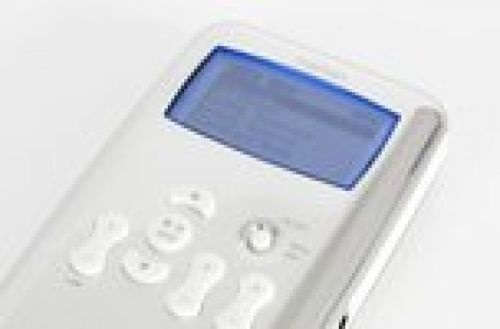



Over time, with the printing of even more creatures that followed the Titan design philosophy, Commander became more and more focused on creatures that could get you something right away. You can get them back out of your graveyard easier, you can return them to your hand, you can search for them, et cetera. Additionally, Magic has many more interactions with creatures than it does with spells. It essentially boils down to getting more bang for your buck. Due to the multiplayer nature of the format, getting essentially a “spell” (the effect of the creature entering the battlefield) and having a attacker/blocker afterwards is markedly better than both a creature with few abilities and a spell that does the same effect. Obviously, many of the Titans made their way into Commander decks, where their impact is more pronounced. The Titan cycle represented a shift in the way that the Magic designers approached creatures. Of course, cards like that existed before the Titan cycle, but it was far more sparse than it is today. In fact, I highlighted this point in time because it signaled the start of creatures having powerful effects similar to the Titan cycle. This wasn’t always true about creatures in Magic. This means that no matter if the creature was killed after it came onto the board, you got some value out of it before it left. The release of Magic 2011 saw the first printing of the Titan cycle ( Grave Titan, Sun Titan, etc.), which are high-powered creatures with incredible enter the battlefield (ETB) effects. But why is that? Further, why is this card considered one of the best artifacts to come into the format in years? The answer is simply that it embodies much of what decks in Commander are trying to do. Since its release in the fall, it’s been in the top 10 for most viewed cards on EDHREC. Panharmoniconĭebuting in the Kaladesh set, Panharmonicon has quickly risen to the rank of “staple” in a wide variety of Commander deck lists. Let’s look at a card that can’t be your commander and see what decks we can build that feature that card. Last time, I discussed two sets of cards that work well with a chosen commander. Knowing what cards are good in Commander is one of the first steps towards becoming well-versed in the format, but knowing why certain cards are good is even more important.
MINDLESS AUTOMATON PANHARMONICON SERIES
Be sure to replace those cards or craft them with Wildcards.ĥ.Welcome back to Pure//Simple, the article series that tries to take the mystery out of card choices. Any cards you don't own will be highlighted in Red. Your deck will be imported as "Imported Deck." There may be a number after it if you have imported multiple decks (e.g. It will import the decklist currently in your clipboard.ģ. Choose the "Deck" menu and click "Import" on the bottom. Copy the decklist above to your clipboard by highlighting it, right clicking, and choosing Copy.Ģ. Commanderĭetailed Magic Arena Importing Instructionsġ.

You can copy the decklist below and import it into Magic: the Gathering Arena. Export Deck to Magic: the Gathering Arena


 0 kommentar(er)
0 kommentar(er)
